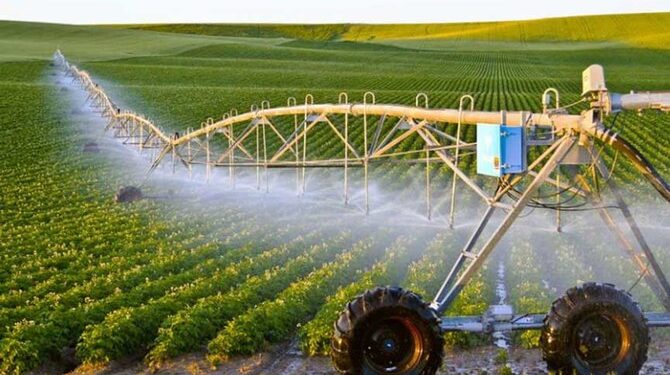Over the past three decades, the population of the Gulf Cooperation Council (GCC) states has more than doubled, growing from 26 million in 1995 to 57 million by 2022. This demographic boom, driven by economic transformation and an influx of expatriates, has underscored the need for robust food security measures across the region.
Challenges to Food Security in the Gulf
Population growth is not the sole challenge to food supply in the GCC. The region is heating at twice the global average, exacerbating desertification, water scarcity, and biodiversity loss. Combined with limited arable land and scarce water resources, these factors severely constrain local agricultural production.
Currently, the GCC relies on imports for approximately 85% of its food, including 90% of cereals and nearly all rice. This dependency exposes the region to risks from geopolitical conflicts and climate-induced disruptions in the global supply chain.
Progress Amid Constraints
Despite these hurdles, the GCC states consistently rank among the global leaders in food security. According to the 2022 Global Food Security Index, the UAE ranks 23rd, Qatar 30th, Oman 35th, Bahrain 38th, Saudi Arabia 41st, and Kuwait 50th, making them the top-performing countries in the Arab region.
To reduce reliance on imports, the Gulf states have prioritized investments in agricultural technologies, diversification of food sources, and regional cooperation. National programs like Oman’s Vision 2040 aim to boost domestic food production by 30%, while the UAE’s National Food Security Strategy targets 50% local agricultural production by 2051. Saudi Arabia’s Vision 2030 includes a $10 billion investment in agriculture to enhance food supply chain stability.
Investments Driving Innovation and Growth
The GCC has established robust frameworks for local agricultural development. Initiatives like Oman’s Food Investment Holding Company (Nitaj), Bahrain Food Holding Company, and Qatar’s Hassad Food are key players. Dedicated funds, such as Saudi Arabia’s Agricultural Development Fund, have also been instrumental in financing local farmers and supporting the cultivation of staple crops like barley, maize, and soybeans.
Saudi Arabia has made significant strides, achieving self-sufficiency in fresh dairy products, dates, and eggs as of September 2023, with surplus production for export. The Saudi Agricultural and Livestock Investment Company (SALIC) has been a cornerstone of these efforts.
Entrepreneurship and Food Technology
The push for food security has also spurred entrepreneurship. Companies like Qatar’s Baladna have revolutionized local production, meeting 95% of the country’s dairy demand. The UAE’s Camelicious has commercialized camel milk for local and global markets. Innovations in greenhouse farming, desalination technologies, and AI-driven agriculture are further enhancing productivity.
Long-Term Outlook
While challenges such as harsh climates, limited water, and arable land persist, GCC nations view food security as an opportunity for innovation, economic growth, and workforce development. Programs promoting self-reliance are not only safeguarding access to essential food items but also generating employment and fostering technological advancements.
In an era marked by global crises—including a pandemic, regional conflicts, and inflation—the GCC’s proactive investments in local agriculture and food security underscore its commitment to self-sufficiency. As Spanish-American restaurateur José Andrés aptly said, “Food is national security, food is economy, it is employment, energy, history. Food is everything.”






















































